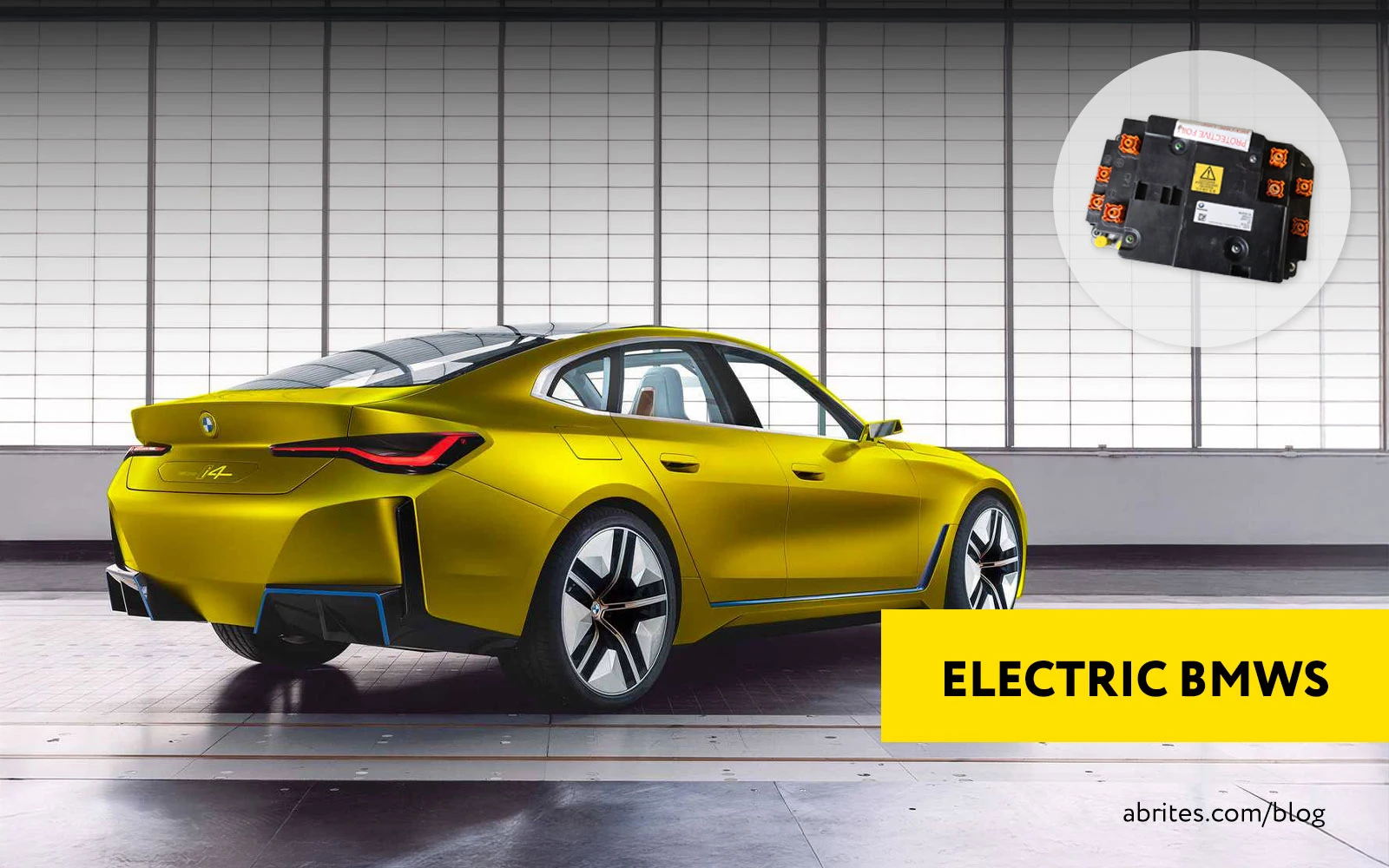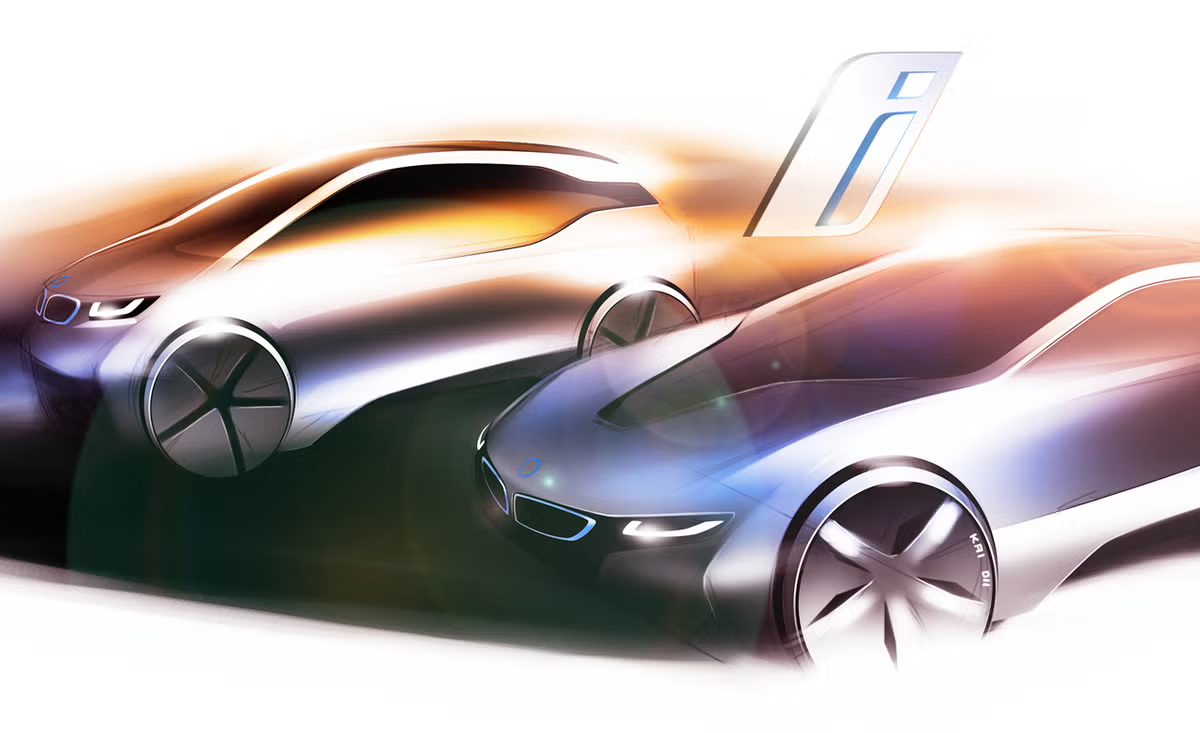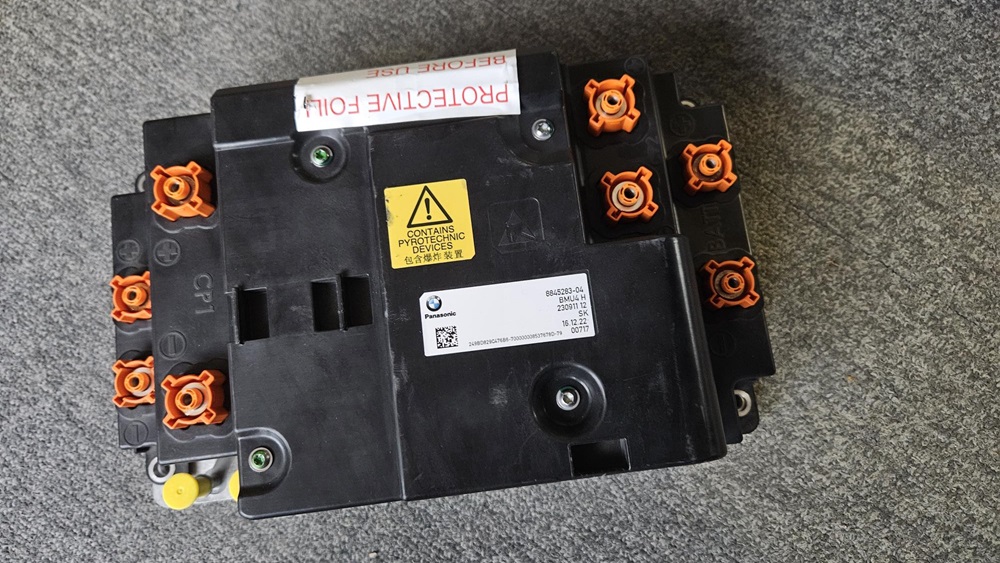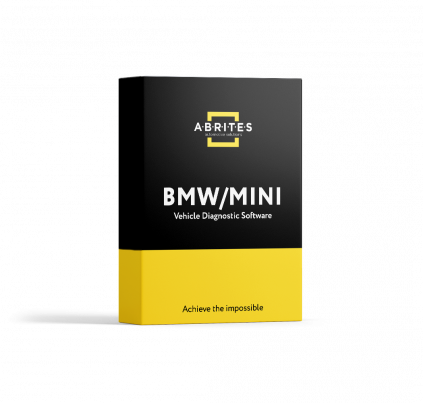
ELECTRIC BMWs CHALLENGES OF THE FUTURE
I’m sure you’ve had enough of me ranting about Domagoj Dukec and BMWs that have come out since he was in charge of design in Munich. You have also had enough of me reminiscing about my E46 and how it is the end all and be all of cars. This is why I wanted to talk to you about some of the new diagnostic challenges ahead of us as BMW diagnosticians in the very, very near future.

It all started in the early 2010s with the Concept Vision EfficientDynamics by Benoit Jacob, a French designer who has no de-facto training in design. Benoit was there to spearhead the absolutely new hybrid sports car which would turn BMW and the world on its head. BMW wanted a fresh look and boy, did they get it there. To this day I hail the “Slowest supercar” as an unsung hero, decades ahead of its time. I had the chance to spend some time with one back in 2018 and could not be more impressed by the chassis and economy. Benoit and the design team had created a new thing, it was not a supercar, it was not a city car, but it was bloody good. Sure, it wasn’t fast but who cares- any technophile would be amazed by what was there.
After the mixed reception of the I8 came the super popular i3 – a city car like no other. It is a perfectly adapted device. Like a deep-water fish evolved to its environment. My better half uses hers to this day and although she is not in love with it like me, she cannot deny that the i3 is perfectly adapted for use in the city.
As cool as those cars were – they use nothing complicated – FEM/ BDC, DME/ EDME and regular keys. The i8 uses a simple AISIN gearbox, not that different from the one found in a Mini and the EGS is similar too – all well-known technology, NBT and NBT EVO i-drives are in place, no surprises there. We have them covered.
With the introduction of the new generation of electric and hybrid BMWs in the face of the iX and XM we started looking deeper into the workings of the BEV and PHEV vehicles and basically taking a step back and saying: “OK, what is different to the standard G-series BMWs here?”.
The biggest difference is always going to be the drivetrain. After all – as long as a BMW looks and feels like a BMW it can have any drivetrain, as far as their customers are concerned.
This is exactly what separates the electric and hybrid BMWs – the electric drivetrain. Now, everything regarding the EV drivetrain is pretty clear, they use similarly connected controllers and keys just like regular G series, they are controlled by BDC2 modules, EDME modules control the electric motors but what is the most difficult hurdle to overcome?
This is Battery management. Especially in the cases where vehicles have crashed and need to be rebuilt and brought back on the road. In these situations, the official workshop uses what is commonly known as the EoS Tester (End of Service). To use this tester, you must take the battery out of the EV, which is not an easy task. You then need to connect to the battery management system; in current BMWs this is done using modules from Panasonic and Samsung. Then you connect the EoS tester, and you gather readings from 12 parameters
1. errors/warnings
2. error codes before and after the test
3. battery leakage test
The leakage test of the high-voltage battery unit is allowed only under the following preconditions:
• The high-voltage battery unit and the components needed for repair are brought to the
correct temperature
• The high-voltage battery unit and the mentioned components are at a constant temperature
for at least 12 hours
• The minimum permissible temperature is 12 °C
• The maximum permissible temperature is 26 °C.
• The HV battery unit must not be exposed to heat radiation (e.g., sun or heating) or cold
radiation (e.g., air conditioning) during operation.
Failure to meet these environmental conditions may lead to incorrect test results and is not
acceptable.
4. checking if short circuit occurs
5. voltage at terminals
6. voltage on individual modules
7. state of charge of the battery and its individual modules (it is important to keep their state of charge at the same level or with a minimum difference specified by the manufacturer)
8. the minimum and maximum value of the state of charge and voltage of the cells (deviation between cells)
9. insulation resistance
10. HV insulation test
11. battery temperature
12. efficiency S-box (Safety Box)

Once these parameters are read from the BMS you can enter the code that comes out of the EoS into ISTA and reset the crash data flags. The problem is that even if you are the best and most dedicated EV repair shop you still need to have access to the OEM tool, just to be allowed to purchase the 7,000EUR EoS Tester.
Safe to say, this is a complicated task. If only there was a company which dedicated some of its resources to develop an alternative tool for this task…
Until next week, try to have fun at work,
Alek
 TCU Personalization Without FBS4 Data
TCU Personalization Without FBS4 Data
 BDC2 Replacement and Mileage Reset for BMW
BDC2 Replacement and Mileage Reset for BMW